Zone
Crash of a Canadair CL-604 Challenger in Birmingham: 5 killed
Date & Time:
Jan 4, 2002 at 1207 LT
Registration:
N90AG
Survivors:
No
Schedule:
Birmingham - Bangor - Duluth
MSN:
5414
YOM:
1999
Crew on board:
2
Crew fatalities:
Pax on board:
3
Pax fatalities:
Other fatalities:
Total fatalities:
5
Captain / Total hours on type:
800.00
Copilot / Total hours on type:
800
Aircraft flight hours:
1594
Aircraft flight cycles:
797
Circumstances:
Following ATC clearance, engine start was at 1156 hrs and N90AG was cleared to taxi at 1201 hrs. All radio calls during the accident flight were made by the commander, seated in the right cockpit seat. During taxi, the crew completed their normal Before Takeoff Checks; these included confirmation that the control checks had been completed and that anti-ice might be required immediately after takeoff. Flap 20 had been selected for takeoff and the following speeds had been calculated and briefed by the pilots: V1 137 kt; VR 140 kt; V2 147 kt. By 1206 hrs, the aircraft was cleared to line up on Runway 15. At 1207 hrs, N90AG was cleared for takeoff with a surface wind of 140°/8 kt. The pilot in the left seat was handling the controls. Takeoff appeared normal up to lift-off. Rotation was started at about 146 kt with the elevator position being increased to 8°, in the aircraft nose up sense, resulting in an initial pitch rate of around 4°/second. Lift-off occurred 2 seconds later, at about 153 kt and with a pitch attitude of about 8° nose-up. Once airborne, the elevator position was reduced to 3° aircraft nose-up whilst the pitch rate increased to about 5°/second. Immediately after lift-off, the aircraft started to bank to the left. The rate of bank increased rapidly and 2 seconds after lift-off the bank angle had reached 50°. At that point, the aircraft heading had diverged about 10° to the left. Opposite aileron, followed closely by right rudder, was applied as the aircraft started banking; full right aileron and full right rudder had been applied within 1 second and were maintained until the end of the recording. As the bank angle continued to increase, progressively more aircraft nose-up elevator was applied. Stick-shaker operation initiated 3.5 seconds after lift-off and the recorders ceased 2 seconds later. The aircraft struck the ground, inverted, adjacent to the runway. The last recorded aircraft attitude was approximately 111° left bank and 13° nose-down pitch; the final recorded heading was about 114° (M). The aircraft was destroyed by impact forces and a post crash fire and all five occupants were killed, among them John Shumejda, President of the Massey-Ferguson Group and Ed Swingle, Vice President. The aircraft was leased by AGCO Massey-Ferguson.
Probable cause:
Causal factors:
1. The crew did not ensure that N90AG’s wings were clear of frost prior to takeoff.
2. Reduction of the wing stall angle of attack, due to the surface roughness associated with frost contamination, to below that at which the stall protection system was effective.
3. Possible impairment of crew performance by the combined effects of a non-prescription drug, jet-lag and fatigue.
1. The crew did not ensure that N90AG’s wings were clear of frost prior to takeoff.
2. Reduction of the wing stall angle of attack, due to the surface roughness associated with frost contamination, to below that at which the stall protection system was effective.
3. Possible impairment of crew performance by the combined effects of a non-prescription drug, jet-lag and fatigue.
Final Report:



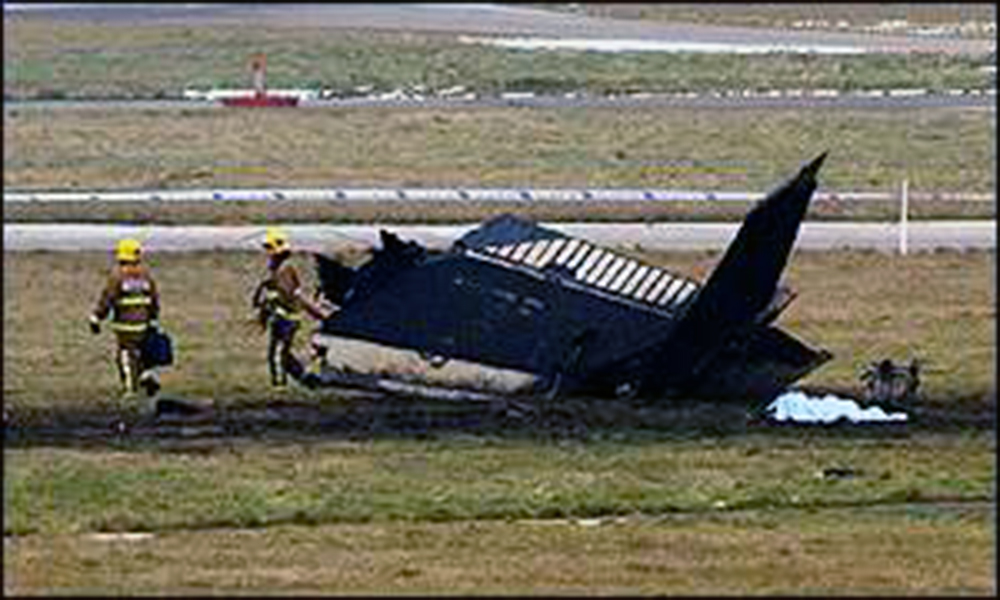

Crash of a Beechcraft C99 Airliner in Birmingham: 13 killed
Date & Time:
Jul 10, 1991 at 1812 LT
Registration:
N7217L
Survivors:
Yes
Schedule:
Mobile - Birmingham
MSN:
U-226
YOM:
1984
Flight number:
LEX502
Crew on board:
2
Crew fatalities:
Pax on board:
13
Pax fatalities:
Other fatalities:
Total fatalities:
13
Captain / Total hours on type:
553.00
Copilot / Total hours on type:
170
Aircraft flight hours:
9127
Circumstances:
The airplane crashed into houses while on an ILS approach to runway 05 at the Birmingham Airport. The weather briefing data that the captain received in Mobile was accurate, advising him to expect thunderstorms in the Birmingham area. Birmingham atis information whiskey and xray, mentioning thunderstorms, was also accurate, and the flight crew heard them, as well as information from the approach controller that the airport was experiencing thunderstorm activity. The captain and a passenger survived while 13 other occupants were killed. There were no injuries on the ground.
Probable cause:
The decision of the captain to initiate and continue an instrument approach into clearly identified thunderstorm activity, resulting in a loss of control of the airplane from which the flight crew was unable to recover and subsequent collision with obstacles and the terrain.
Final Report:
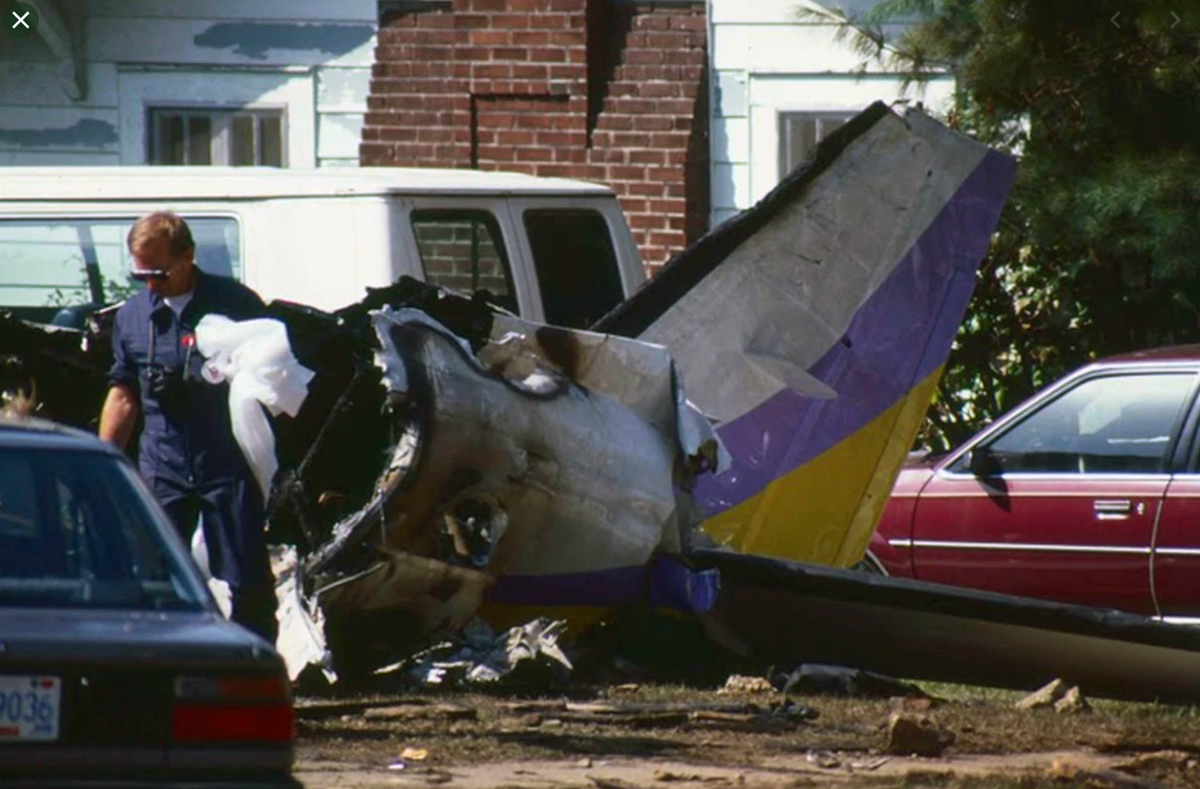
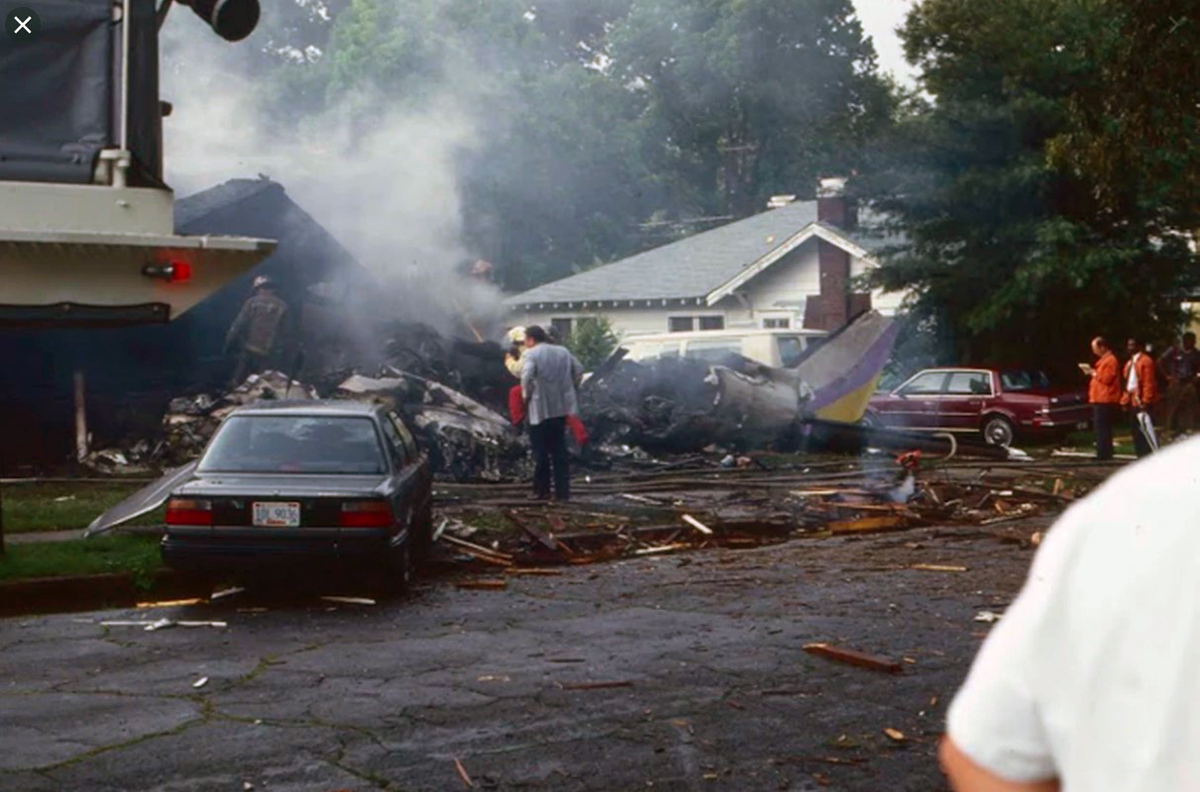
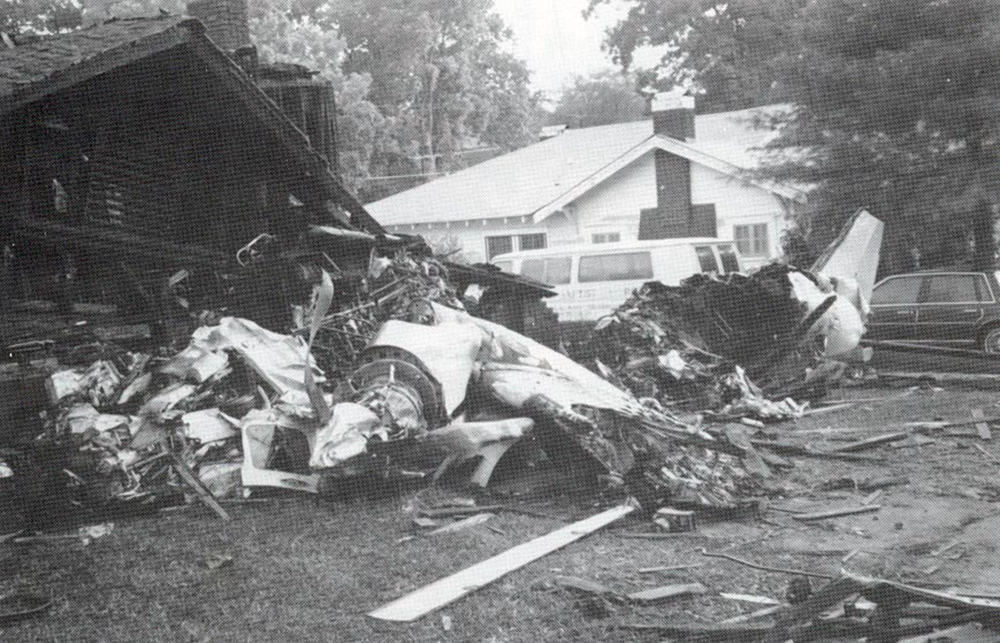
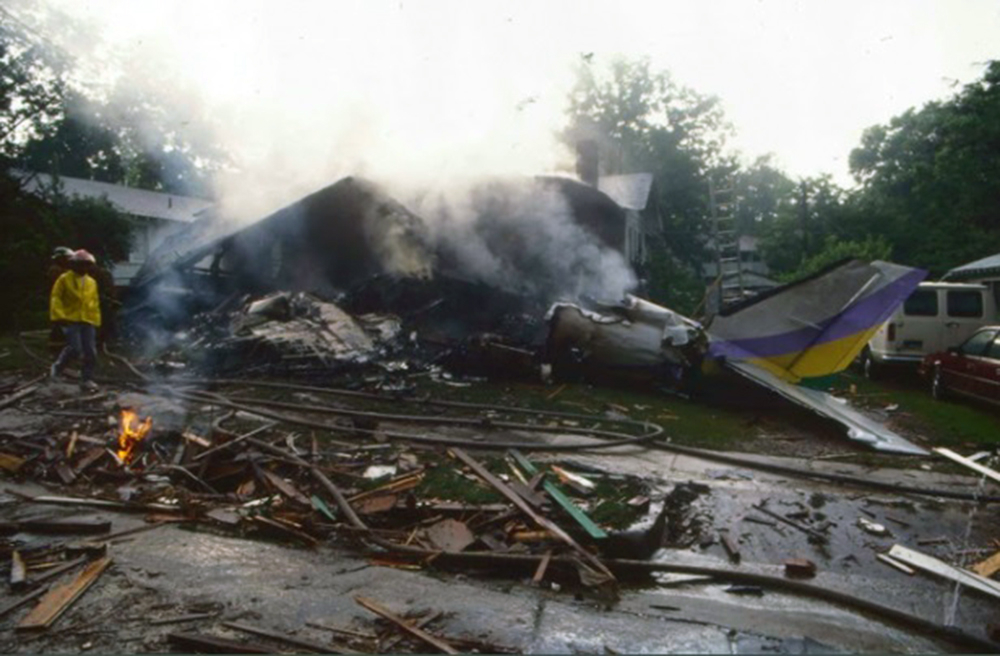
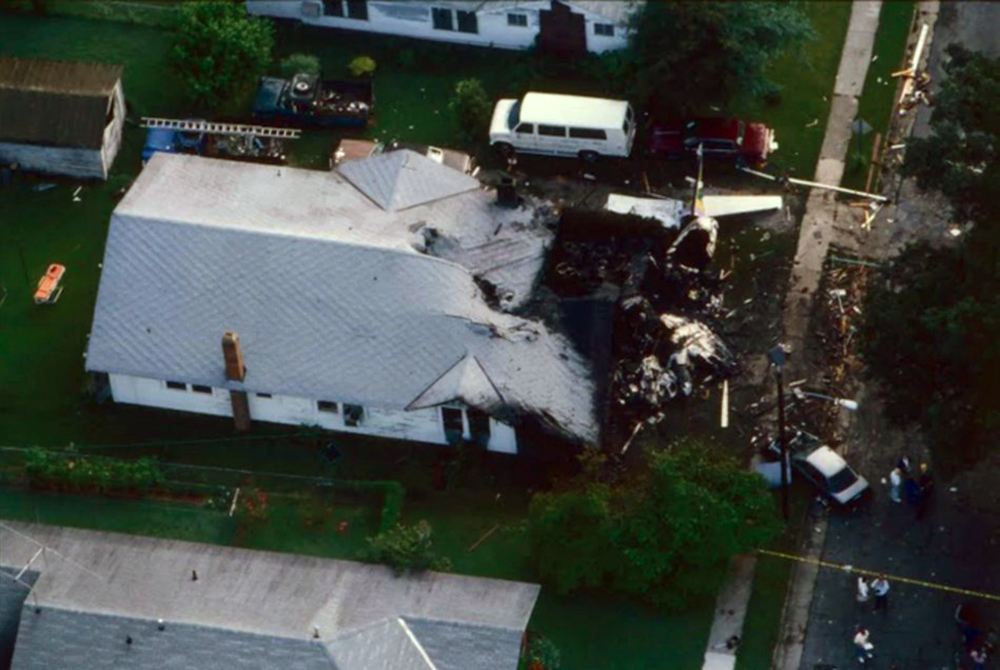
Crash of a Beechcraft B200 Super King Air in Jasper
Date & Time:
Jun 23, 1987 at 0619 LT
Registration:
N859DD
Survivors:
Yes
Schedule:
Birmingham - Jasper - Allentown
MSN:
BB-859
YOM:
1981
Crew on board:
1
Crew fatalities:
Pax on board:
0
Pax fatalities:
Other fatalities:
Total fatalities:
0
Captain / Total hours on type:
2000.00
Aircraft flight hours:
2966
Circumstances:
The pilot obtained a weather briefing for his proposed flight from Birmingham, AL to Jasper, AL to Allentown, PA. He did not file a flight plan for the 35 mile flight from Birmingham to Jasper, however, he did file a flight plan for the proposed flight from Jasper to Allentown. He stated that he 'felt like he got a little slow and the tail stalled' during his VFR landing approach at Jasper. The aircraft contacted the ground at the east end of the east-west runway on a northerly track. The aircraft continued on the northerly track for 288 feet before colliding with trees. The aircraft was destroyed by the post crash fire. Witnesses reported fog in the area and the pilot reported that he had encountered patches of fog on the flight from Birmingham.
Probable cause:
Occurrence #1: in flight collision with terrain/water
Phase of operation: approach
Findings
1. (f) weather condition - fog
2. (f) light condition - dawn
3. (c) proper alignment - not attained - pilot in command
4. (c) airspeed - not maintained - pilot in command
5. (c) stall - inadvertent - pilot in command
6. (f) go-around - not performed - pilot in command
----------
Occurrence #2: in flight collision with object
Phase of operation: approach
Findings
7. (f) object - tree(s)
Phase of operation: approach
Findings
1. (f) weather condition - fog
2. (f) light condition - dawn
3. (c) proper alignment - not attained - pilot in command
4. (c) airspeed - not maintained - pilot in command
5. (c) stall - inadvertent - pilot in command
6. (f) go-around - not performed - pilot in command
----------
Occurrence #2: in flight collision with object
Phase of operation: approach
Findings
7. (f) object - tree(s)
Final Report:
